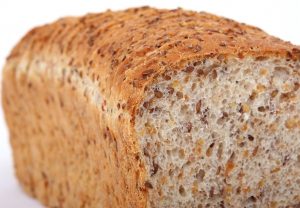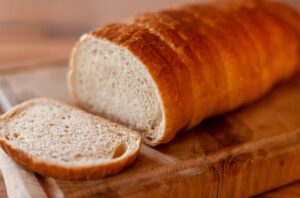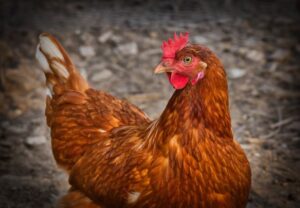 Nothing smells better than freshly baked bread hot from the oven. It gives us the feeling of comfort and love. Making bread is a fun and educational activity to do as a family. Here are a few quick tips to help you be successful baking bread at elevation.
Nothing smells better than freshly baked bread hot from the oven. It gives us the feeling of comfort and love. Making bread is a fun and educational activity to do as a family. Here are a few quick tips to help you be successful baking bread at elevation.
Adjusting for Elevation
Making breads can sometimes seem tricky; however, if you practice and adjust for the elevation where you live, this can be a fun family bonding time.
- Decrease the amount of flour in the recipe. You may need to use up to ¼ less flour than the recipe says. There is enough flour when the dough pulls away from the sides of the bowl. After kneading it should be soft but, not sticky.
- Increase the amount of liquid in the recipe. This is important if you are substituting part of the flour with whole wheat,
 rye, or other flours. Add 1 tablespoon or more liquid (water or milk) than in the recipe. Coarse flours need more moisture than basic flour.
rye, or other flours. Add 1 tablespoon or more liquid (water or milk) than in the recipe. Coarse flours need more moisture than basic flour. - Reduce the yeast by 1/8 teaspoon. Reducing the yeast helps with providing a firmer bread dough that does not collapse after rising and baking.
- Control the rising time. Good tasting bread depends on a long, slow rising process. Bread rises quickly at high elevations. There are two ways to slow the rising time for better flavor. First, make your bread dough the day before and allow to rise slowly in the refrigerator overnight. Second, punch the dough down and allow it to rise a second time before shaping.
- Adjust the oven temperature for baking. Decrease the oven temperature by 1° degree for every 500 feet above sea level. Baking at a higher temperature will set the crust too quickly and will not allow the dough to continue rising as it cooks. Bread is done when internal temperature reaches at least 190oF. Crust should be golden-brown.
 Baking bread is a great family activity. Children enjoy the process of measuring, kneading and tasting. Explore the process of making bread from farm to table through this great book that was my favorite as a child called “The Little Red Hen”.
Baking bread is a great family activity. Children enjoy the process of measuring, kneading and tasting. Explore the process of making bread from farm to table through this great book that was my favorite as a child called “The Little Red Hen”.


With the cost of flour and commercial baked products inflating, this is timely and useful. Thanks.
Thank you,being from Alabama baking has been a challenge here for me. I have sourdough starters,one is almost 70 yrs.old and the other 45. I have RA and osteo arthritis so kneading is getting harder for me. Is there a general rule of thumb for substuiting sourdough discard in a recipe instead of yeast?. .